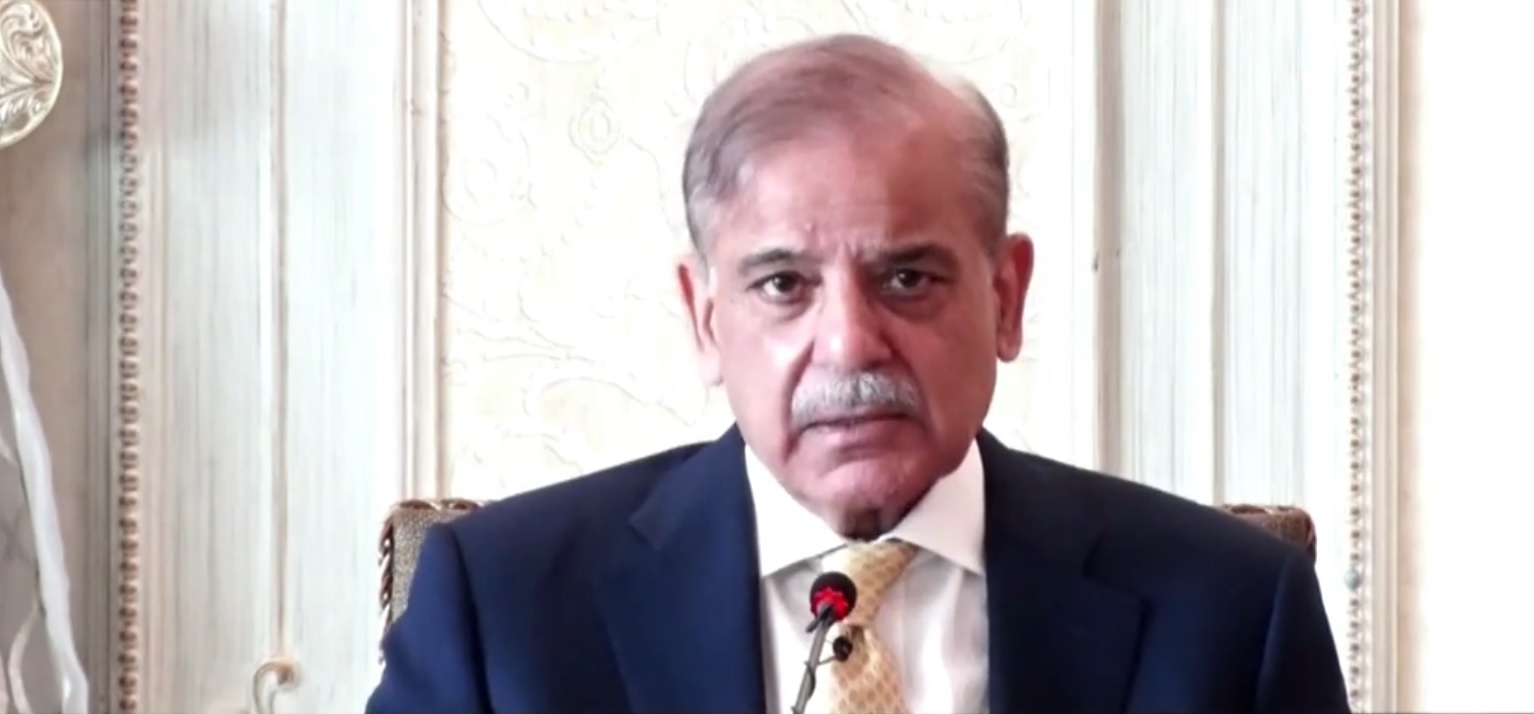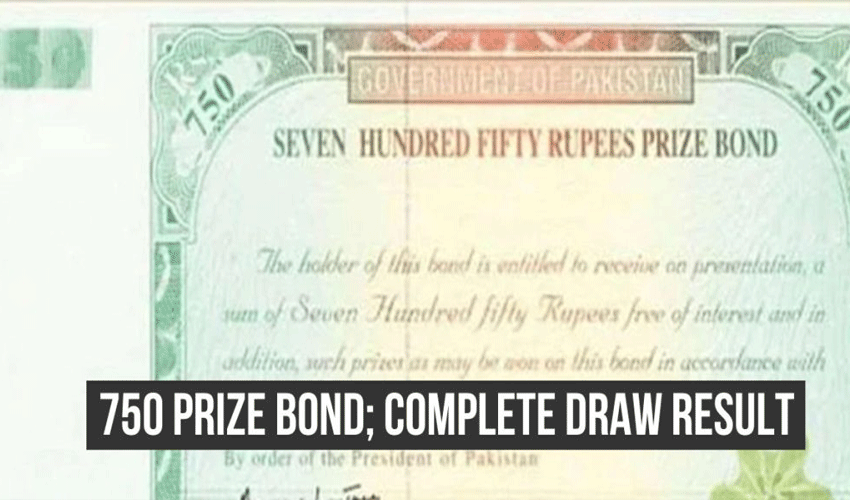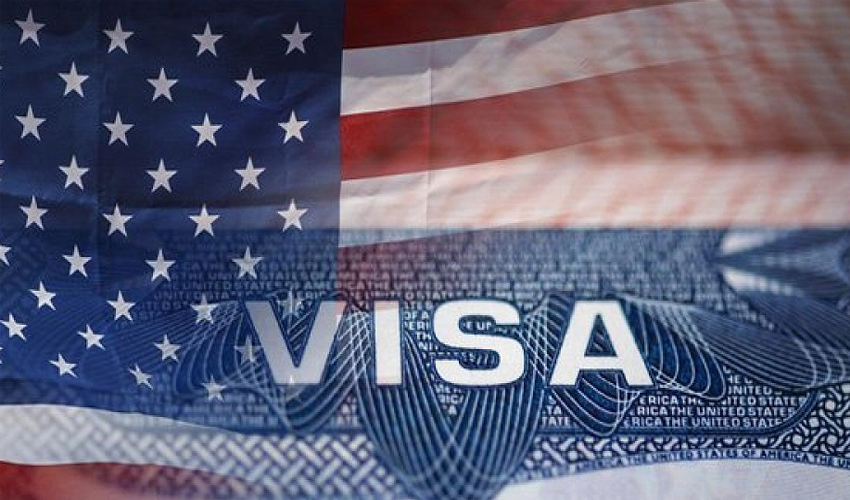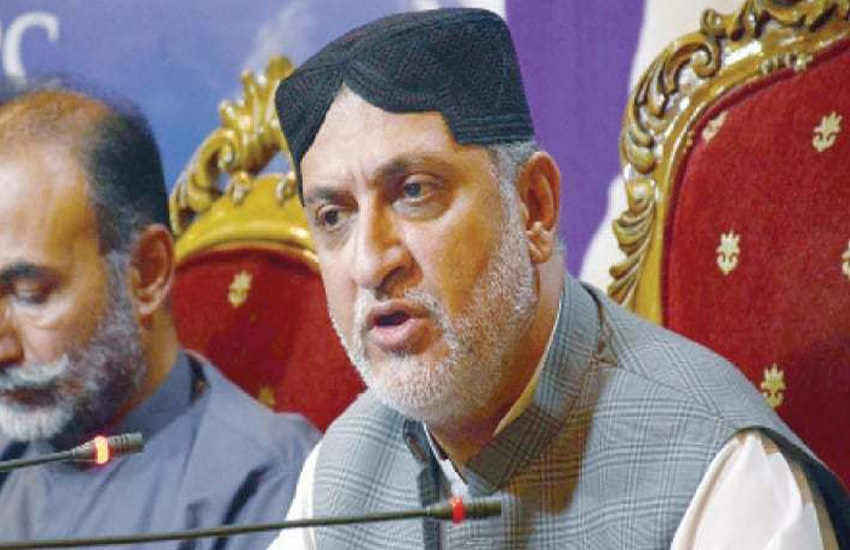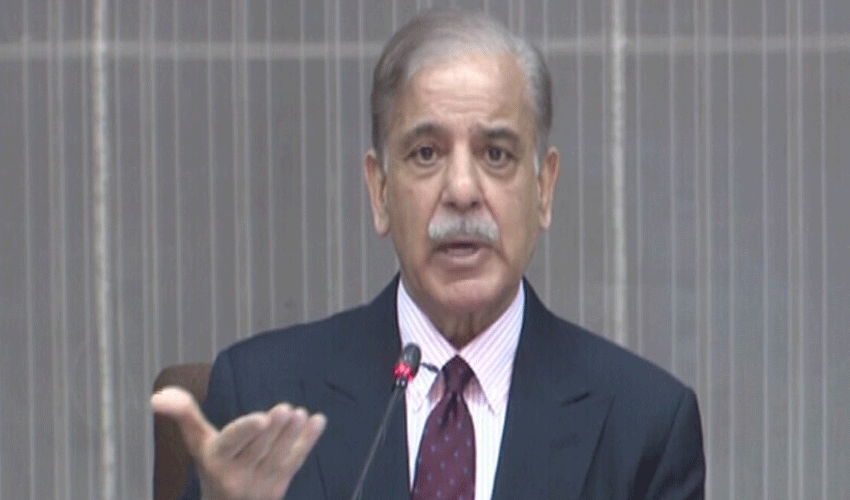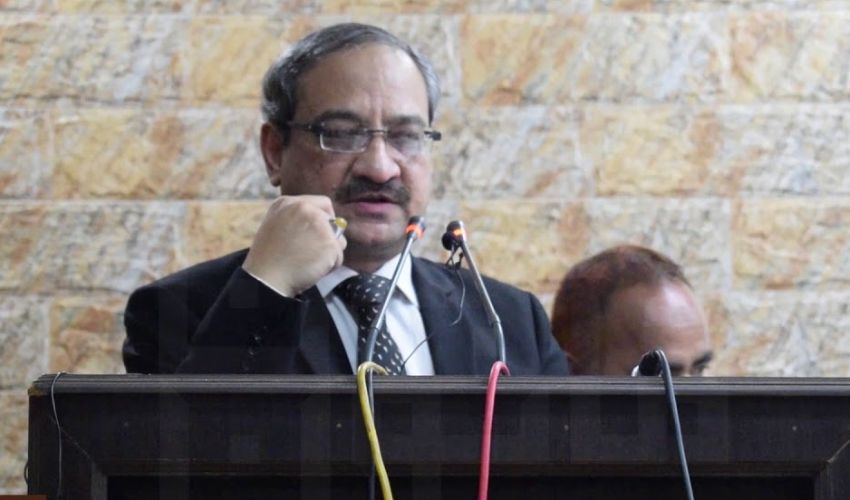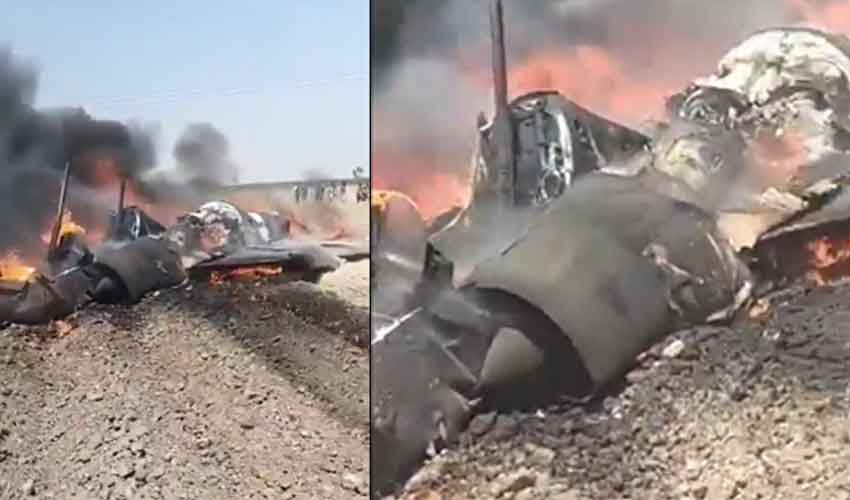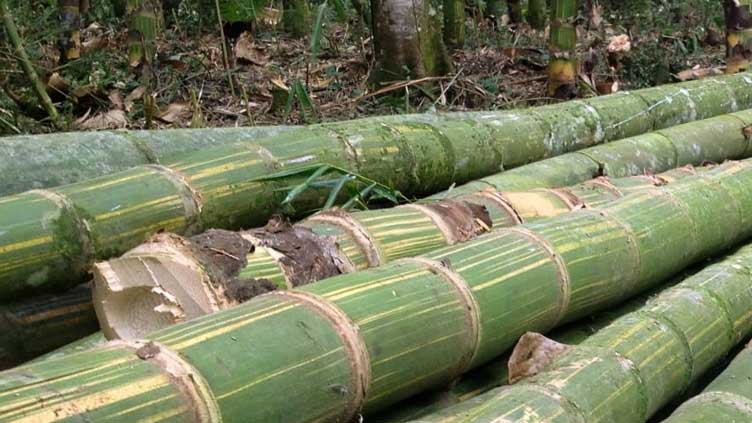New revelations from the Faizabad sit-in commission report have emerged, highlighting the testimony of former Punjab chief minister Shehbaz Sharif, and shedding light on the government's actions during the sit-in.
The report indicates that the commission investigating the Faizabad sit-in posed seven questions to Shehbaz Sharif, including inquiries about insulting statements against institutions on social media and threats to the life of former prime minister Nawaz Sharif.
In response, Shehbaz Sharif stated that a cabinet sub-committee was formed to address matters of law and order in Punjab. This committee, comprising the provincial law minister and other key ministers, was tasked with maintaining peace and security in the province.
Also Read: Faizabad dharna commission suggests legislation to make secret agencies effective
However, Shehbaz claimed that no intelligence report regarding the ban on Tehreek-e-Labbaik Pakistan (TLP) was shared with the provincial government at the time.
Regarding the Faizabad sit-in, Shehbaz Sharif expressed surprise, stating that it was not expected at the time. He mentioned that instructions were given to local authorities in Rawalpindi, including the deputy commissioner, commissioner, city police officer, and regional police officer, by the sub-committee on peace and security to provide all possible support to the Islamabad administration.
Also Read: Army initiates inquiry against ex-ISI chief Faiz Hameed over ‘land grabbing’ allegations
Shehbaz highlighted that the banning of any organization was subject to strict criteria laid down in the Anti-Terrorism Act, which the Interior Ministry could do as per its mandate. He added that a law and order situation could have been created by using force.
Additionally, the prime minister mentioned political negotiations with TLP leaders were underway, which led to verbal assurances and an agreement between the TLP and the federal government. As part of the agreement, cases against TLP leaders and activists were planned to be withdrawn after due process of law.





